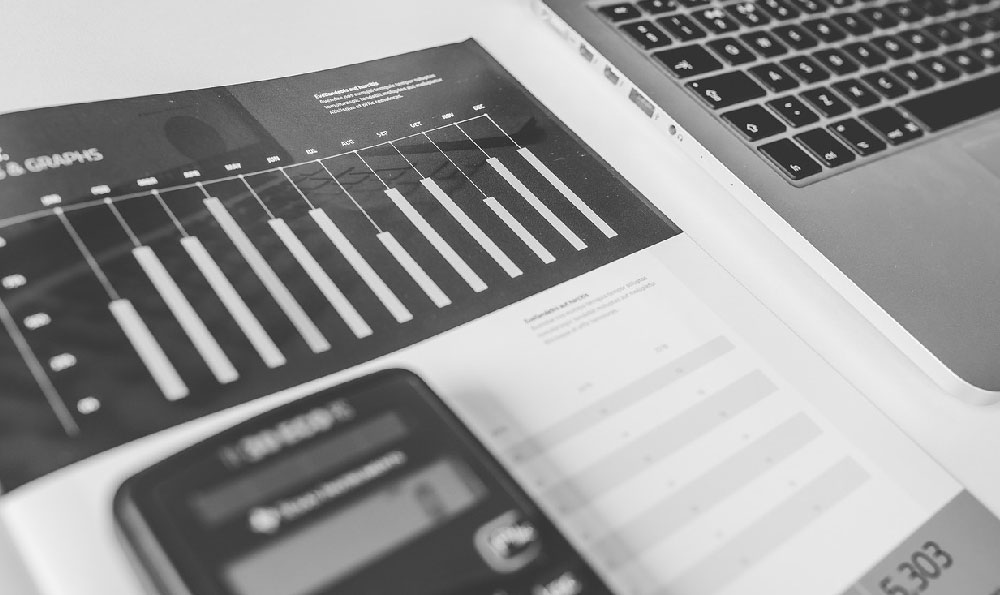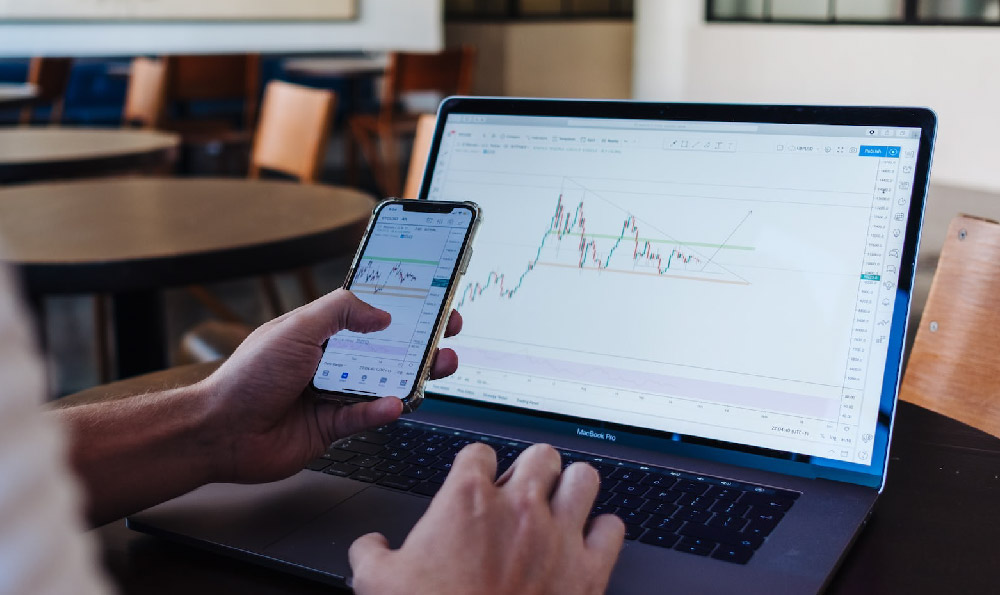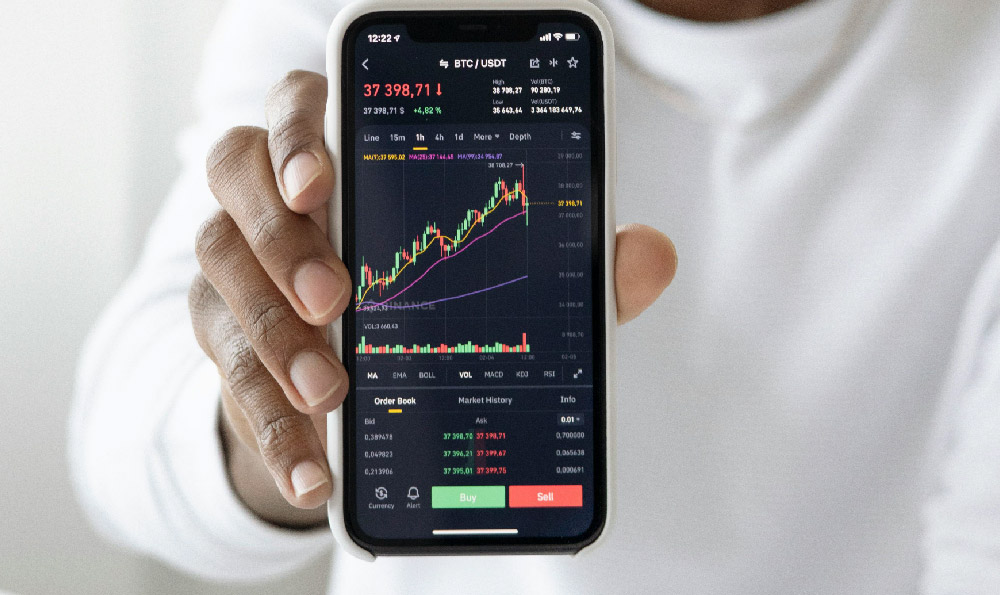Uber drivers' income is a dynamic and multifaceted topic that reflects the complexities of modern ride-hailing ecosystems. Understanding the nuances of this income structure requires analyzing not just the raw numbers but also the variables that shape it, such as geographic location, vehicle type, driving habits, and the interplay of platform algorithms that dictate fare rates. For instance, in the United States, the average earnings per hour for an Uber driver in cities like San Francisco or New York often surpass those in Houston or Phoenix due to higher demand and fare rates, but this disparity is not just a matter of location—it's also tied to the economic realities of urban versus suburban mobility, where congestion fees and tolls in major metropolitan areas can either inflate or deflate potential income. The same principle applies globally, with drivers in London or Paris benefiting from a combination of higher base fares and surcharges for late-night or peak-hour rides, while those in emerging markets like Southeast Asia might face lower per-ride compensation but could offset this with more frequent pickups, particularly during weekends and holidays when leisure travel peaks.
A critical factor influencing earnings is the vehicle type drivers choose to operate. While the standard UberX model offers a balance of accessibility and profitability, drivers opting for Uber Black or UberXL might see higher per-trip payments, though these come with trade-offs in terms of demand frequency and vehicle requirements. For example, in markets where luxury ride options are in high demand, Uber Black drivers could earn significantly more per hour, but their income might fluctuate more due to the niche nature of their service. Similarly, drivers who upgrade to newer vehicles with better fuel efficiency or lower maintenance costs might mitigate some of the financial risks associated with rising fuel prices, which can eat into earnings in regions where oil costs are volatile. The choice of vehicle also extends to the type of insurance coverage and tax deductions available, which can have a material impact on net income when considering long-term financial planning.
The platform's pricing mechanism, which includes both base fares and dynamic surge pricing, plays a pivotal role in determining income levels. Surge pricing, triggered by high demand and low supply, can lead to substantial income spikes during peak hours, but drivers must also be aware of the risks associated with relying too heavily on these periods. For example, a driver in a tech hub like San Francisco might experience frequent surge events during the evening rush, but these could be offset by lower earnings during off-peak times, necessitating a strategic approach to work schedules. The impact of surge pricing is further amplified by regional differences in how the algorithm adjusts rates; some places may offer more predictable pricing with fewer surge fluctuations, while others could see significant volatility that affects income stability.

Beyond the immediate factors, drivers must also consider the economic conditions of their region. In areas with a strong gig economy, where flexible work arrangements are common, drivers may have more control over their income through the ability to choose when and how often they work. However, in regions with stricter regulations or higher operational costs, such as those requiring additional permits or facing more aggressive competition from local taxi services, drivers might need to adopt more defensive strategies to safeguard their income. The role of local governments in shaping the business landscape cannot be overlooked, as policy changes regarding ride-hailing companies can either create opportunities or introduce new challenges for drivers.
To maximize earnings, drivers should explore opportunities beyond the core Uber network. Some drivers combine Uber with other platforms like Lyft or traditional taxi services to create a diversified income stream, allowing them to capitalize on different market conditions and customer preferences. Additionally, drivers who engage in strategic planning—such as analyzing historical data to predict high-demand periods or using apps to optimize route selection—can achieve more consistent income. For instance, in cities with predictable traffic patterns, drivers can plan their routes to minimize time spent on slow-moving roads, thus increasing the number of trips completed per hour.
However, it is essential to recognize the inherent risks associated with reliance on ride-hailing platforms. While the flexibility to work on one's own terms is a significant advantage, it also exposes drivers to the volatility of income, where sudden changes in demand, fuel prices, or algorithm adjustments can impact earnings unpredictably. To mitigate these risks, drivers must adopt a proactive mindset, including budgeting for irregular income, investing in vehicle maintenance to avoid unexpected expenses, and diversifying income sources to reduce dependence on a single platform.
Ultimately, Uber drivers' income is not a static metric but a reflection of their ability to adapt to the ever-evolving ride-hailing landscape. By understanding the interplay of geographic, economic, and technological factors, drivers can make informed decisions that maximize their income potential while minimizing financial risks. For those considering entering the gig economy, a deep analysis of these variables can provide clarity on how to navigate the intricacies of Uber's income model and achieve a more sustainable financial future.












